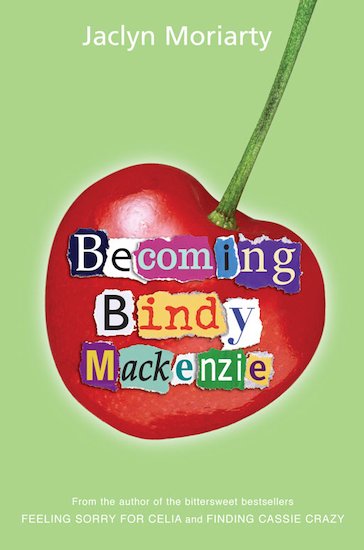
After being slightly disappointed in Dumplin‘ (though I do love the film adaptation), I’ve been low-key on the lookout for other books with positive portrayals of plus-size main characters. I picked this up at my local station’s free bookshelf (whence it shall probably return) and have just been waiting for a gap in my reading schedule to read it.
First, and most important, things first: Emily is so much more consistent than Willowdean! She does go through ups and downs in terms of her self-image, but those always follow on from events in the plot, making them logical, and she’s much more coherent in her narration about why she feels the way she feels, even when she knows her feelings aren’t 100% rational. Emily’s character developments follows a genuine trajectory, one which is satisfying from beginning to end.
And it’s important for me to know that. To realise that I can stand up for things I think are important, even when it means disagreeing with a really, really cute guy — and I don’t have to panic when it happens.
No Big Deal, Bethany Rutter
Perhaps the price of all this internal consistency and self-focus is that No Big Deal‘s secondary characters aren’t drawn as strongly as they could be. Emily has friends, characters that don’t feel like cardboard cutouts and that do have their own lives and their own stories happening in the background, but they just don’t get enough attention to have particularly developed personalities. Abi is positive, Camila is calming, Ella and Sophia are girlfriends — that’s about it. Emily’s family fares better, perhaps because their lives don’t markedly change during the course of the story. (Sidenote: Emily’s mum’s story is just heartbreaking. Sequel?)
Maybe if I wasn’t fat, these things wouldn’t happen to me. Maybe I would be easier to love. Maybe I wouldn’t be as easy to hurt. Maybe I would be more valuable.
No Big Deal, Bethany Rutter
The romantic plot line works very well: the turns it takes feel realistic, without being so predictable that you can see them coming a mile off. The climax evoked the brutal plot twist in Girls Out Late, or the moment in Hairspray when Link tells Tracey the adventure is ‘a little too big’. (Plus-size readers, what are the moments in fiction that hit you in the solar-plexus like these?) As in It Only Happens in the Movies, the ending is more complicated, but feels more rewarding, than a simple happily-ever-after.
The whole of No Big Deal feels like Bethany Rutter’s love letter to teens and young adults struggling with their size in society. At times, that did mean that it came across just a little heavy-handed, but in a way that felt worth it, and wasn’t unpleasant to read.
I’d thoroughly recommend No Big Deal to anyone interested in this style of book!








